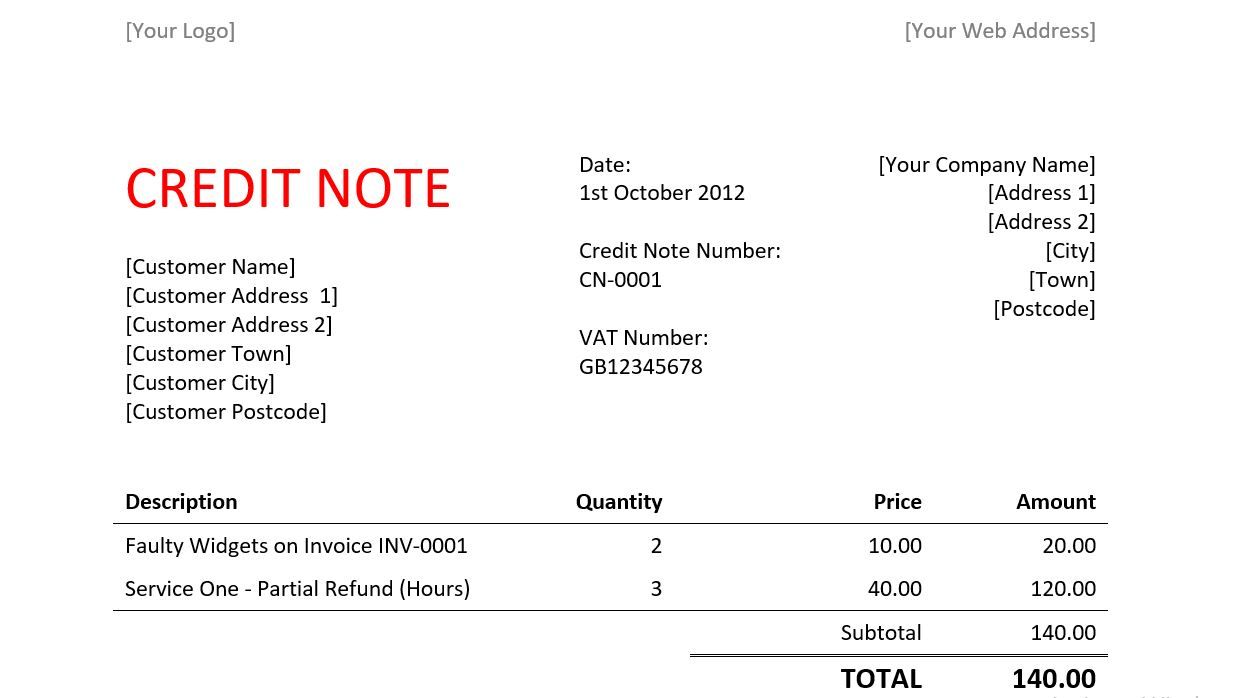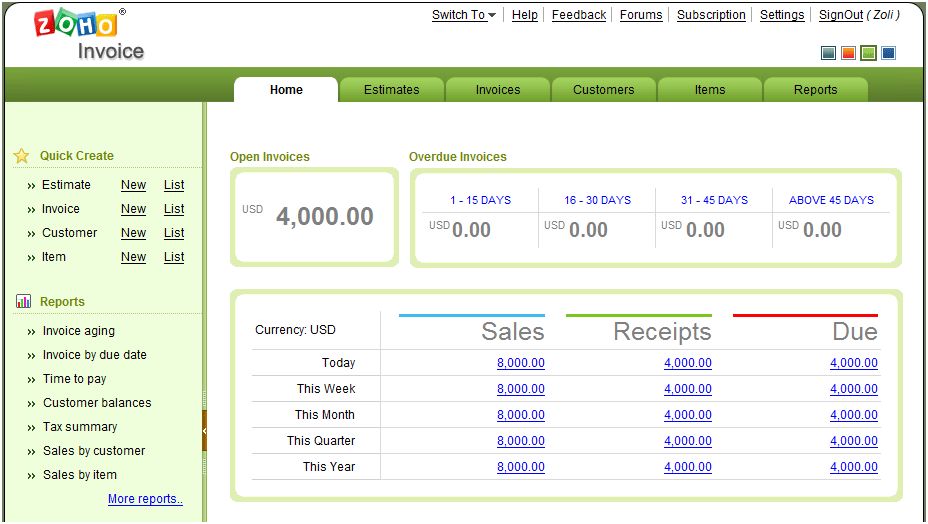LATEST BUSINESS STUDIES NOTES
​Identify the book of original entry in which the following transactions can be recorded. (4 mks)
0 Comments
Outline four circumstances under which a trader can issue a credit note to a customer. (4 mks)
A business document is a written record which gives evidence to a stage in the transfer of goods or provision of services from one party or it is written record which gives evidence that trader or a business transaction has taken place. A business transaction is a deal between two or more people involving exchange of goods and services in terms of money. Business transaction may take place on cash basis; in which case goods are paid for before or on delivery or a short while after delivery Business transaction may also take place on credit basis; which means payment is made after a specified period from the date of delivery of the goods or the provision of the services There are various business documents that are used in various stages of business transactions as discussed below; a) Documents used at the inquiry stage This is the first stage in transaction. An inquiry is a request by a prospective buyer for information on available goods and services. It is aimed at establishing the following;
i) Letter of inquiry; This is a letter written by a potential buyer to the seller to find out the goods and services offered by the seller. A letter of inquiry can be general or specific. A specific letter of inquiry seeks for information about a particular product. Reply to an inquiry The seller may reply to the letter of inquiry by sending any of the following documents;
This is a list of items sold by the trader together with their prices. The information contained in a price list is usually brief and not illustrated and may include;
ii) A catalogue; A catalogue is a basket which briefly describes the goods a seller stocks.It is normally sent by the seller to the buyer when the buyer sends a general letter of inquiry. It usually carries illustrations on the goods stocked, and could be in the form of attractive and colorful pictures The content of a catalogue includes the following;
c) Quotation; this is a document sent by a seller to a buyer in response to a specific letter of inquiry. It specifies the conditions and terms under which the seller is willing to supply the specified goods and services to the buyer. The content of a quotation includes the following;
d) A Tender This is a document of offer to sell sent by a seller to a buyer in response to an advertised request Tenders contain the following;
The winning tender is usually awarded on the of the lowest quoted price although the buyer is not obliged to accept this especially if quality is likely to be low Tenders are not binding unless accepted by the buyer. b) Documents used at the order stage After receiving replies to inquiry in form of price list, catalogue or Quotation, a prospective buyer will study the terms and conditions stated in them, and then may decide to buy products or not. i) An Order If a prospective buyer decides to purchase an item(s), he or she then places an order An order is a document sent by a potential buyer to a seller requesting to be provided with specified products under specified terms and conditions An order issued for goods is called a local purchase order (LPO) An order issued for services is called a local service order (LSO) Ways of making an order
A written order may contain the following;
ii) Acknowledgement note On receiving the order, the seller sends the buyer an acknowledgement note An acknowledgement note is a document sent by the seller to the prospective buyer to inform him/her that the order has been received and it is being acted upon. After sending the acknowledgement note, the seller has to decide whether to extend credit to the buyer or not. At this stage, the seller has the following options;
A proforma invoice This is a document sent by the seller to the buyer requesting the buyer to make payment for goods or services before they are delivered. It indicates that the seller is not willing to grant the buyer credit Functions of a proforma invoice
Circumstances under which a pro-forma invoice may be used
Documents used at the Delivery stage After the seller has accepted the order sent an acknowledgement note and where necessary the pro-forma invoice, the seller then prepares the goods for delivery to the buyer. This can be done in the following ways;
i) Packing note; before delivery goods are packed for dispatch. This is a document prepared by the seller showing the goods contained/packed in every container, box or carton being delivered to the buyer. A copy of the packing note is packed with the goods to make/help the buyer have a spot check. The contents of a packing note include;
ii) Advice note; this is a document sent by the seller to the buyer to inform the buyer that the ordered goods have been dispatched. It is usually sent through the fastest means possible.
Functions of an advice note
iii) Delivery note; this is a document sent by the seller to the buyer to accompany the goods being delivered. A delivery note is always made in triplicate (3), one copy remains with the seller and two sent to the buyer. When the goods reach the buyer, he/she confirms that the goods are the ones ordered for and that they are in the right condition by comparing the delivery note, the order and the goods. If the buyer is satisfied with the goods, he/she signs the two copies, retains the original and send the copy back to the seller. This serves as evidence that the goods have been received in the right condition and in the right quantities. Some businesses keep delivery books in which the buyer signs to indicate that goods have been received in good condition. A delivery book is used by the seller if he/she delivers goods by himself/herself as an alternative to a delivery note The content of a delivery note includes the following;
This is a document prepared by a transporter to show that he/she has been hired to deliver specified goods to a particular buyer. This document is used when goods are delivered to the buyer by public means of transport e.g. by trains. The seller is the consignor, the buyer is the consignee and the goods the consignment The transporting company prepares the consignment note and gives the seller to complete and sign. The seller then returns the note to the transporter (carrier) who takes it together with the goods to the buyer. On receiving the goods, the buyer signs the consignment note as evidence that the goods were actually transported. The content of a consignment note includes the following;
v. Goods Received note; this is a document sent by the buyer to the seller to inform him/her that goods sent have been received. It usually prepared in duplicate, the original is sent to the seller and the copy retained by the buyer. The contents of the goods received note include;
vi. Returned goods note/Damaged goods note; If goods are damaged on the way, the buyer may return them to the seller. The buyer may also return goods for other reasons e.g.
A goods returned note is a document sent by a buyer to a seller to inform him/her that certain goods are being returned to the seller. Where the goods are returned because of damage, the note may be referred to as the damaged goods note. The contents of the goods returned note include;
d. Documents used at the invoicing stage This stage involves the seller requesting or demanding for payment from the buyer for the goods or services delivered. Some of the documents used at this stage include; a) Invoice This is a document sent to the buyer by the seller to demand for payment for goods delivered or services rendered. There are two types of invoices namely;
Functions of an invoice
On receiving the invoice, the buyer verifies the contents using the local purchase order and the delivery note. If the invoice is in order, the buyer makes arrangements to pay the amount stated. Businesses which offer services issue a document called a bill, which serves the purpose of an invoice. Differences Between the invoice and pro-forma invoice
b) Credit note This is a document sent by the seller to the buyer (credit buyer) to correct an overcharge. It is used to inform the buyer that the amount payable by him/her has been reduced An overcharge is an excess amount charged beyond the right price. Causes of overcharge may include;
A credit note is usually printed in red to distinguish it from other documents. Contents of a credit note include;
Reasons why a seller would send a credit note to a buyer/circumstances under which a credit note is sent to a buyer.
c. Debit note This is a document sent by the seller to the buyer to correct an undercharge on the original invoice. It is used to inform the buyer that the amount payable by him has been increased. A debit note acts as an additional invoice. An undercharge arises when amount charged on products is less than their right price. Causes of undercharge include;
Circumstances under which a debit note will be sent to the buyer
Differences Between a debit note and a credit note
Documents used at the payment stage This is the final stage of a credit business transaction. It takes place after the invoice has been received and ascertained to be correct or where necessary, corrections made. The documents used at the payment stage include: i. Receipt This is a document issued to the buyer by the seller as proof that payment has been made. Payment can be done in cash, cheque, other forms of money or in kind The receipt also serves as a source document for making entries in books of accounts. Contents of the receipt include;
A receipt serves the same purpose as the cash sale slip ii) Statement of Account This is a document prepared by the seller and sent to the buyer, giving a summary of all the dealings/transactions between them during a particular period of time, usually a month. It has the following details;
Credit column-Decrease in the amounts payable due to overcharges corrected or payments recorded. Balance column-Amount owing after each transaction (Balance outstanding)
iii) IOU An IOU (I owe you) is a document written by the buyer and sent to the seller to acknowledge a debt.
Summary of documents used in home trade
|
Business Studies Notes Form 1 - 4
Categories
All
Archives
April 2024
AuthorAtika School Team |
||||||||||||||||||||||||||||||||||||||||||||||||||||||||||||||||||||
We Would Love to Have You Visit Soon! |
Hours24 HR Service
|
Telephone0728 450425
|
|
8-4-4 materialsLevels
Subjects
|
cbc materialsE.C.D.E
Lower Primary
Upper Primary
Lower Secondary
Upper Secondary
|
teacher support
Other Blogs
|


 RSS Feed
RSS Feed